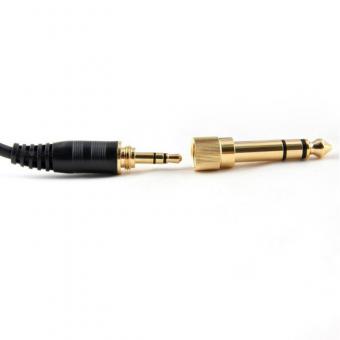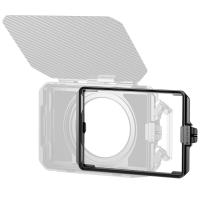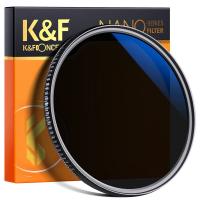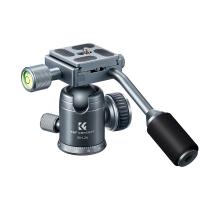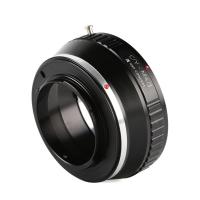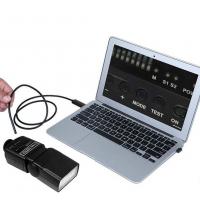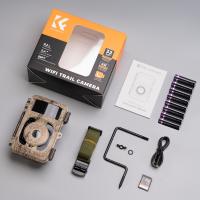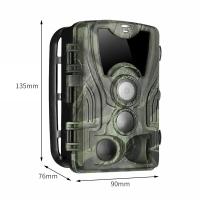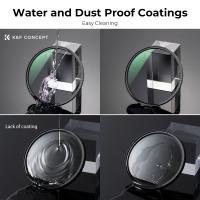Nd Filter When To Use ?
Neutral density (ND) filters are used in photography and videography to reduce the amount of light entering the lens without affecting the color or contrast of the image. They are particularly useful in bright outdoor conditions when you want to use a wider aperture or slower shutter speed to achieve a specific creative effect, such as blurring motion or creating a shallow depth of field.
ND filters come in different strengths, measured in stops, which determine how much light they block. A 1-stop filter reduces the light by half, a 2-stop filter reduces it by a quarter, and so on. The strength of the filter you choose will depend on the amount of light you need to block and the effect you want to achieve.
ND filters are also useful for video work, where you may want to maintain a consistent shutter speed and aperture while shooting in changing lighting conditions. By using an ND filter, you can avoid overexposure and maintain a consistent exposure throughout your footage.
1、 Photography basics
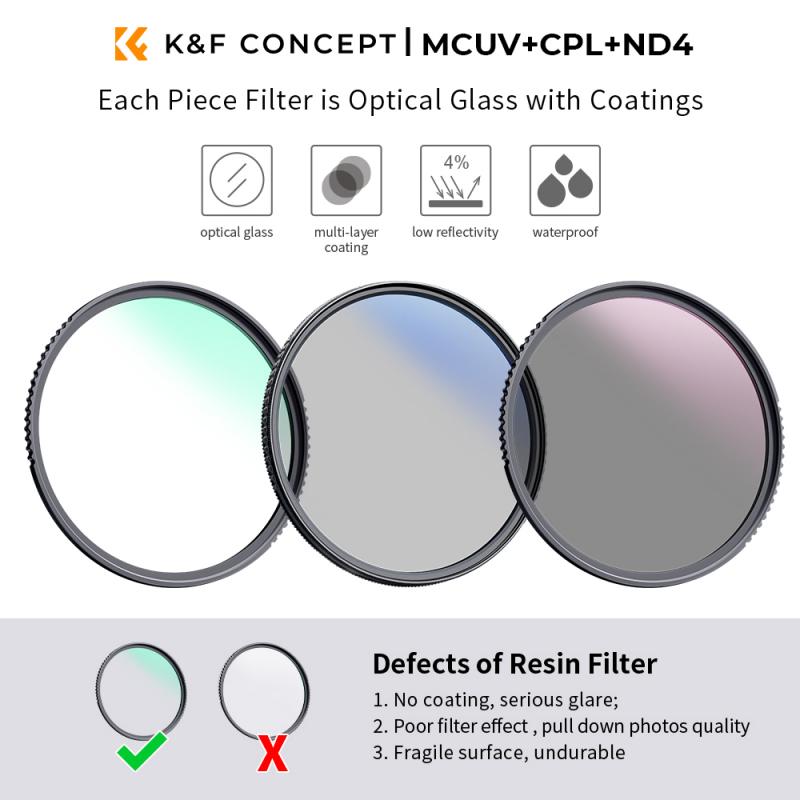
ND filters, or neutral density filters, are an essential tool for photographers who want to control the amount of light entering their camera lens. These filters are particularly useful in situations where the available light is too bright, and the photographer wants to use a slower shutter speed or wider aperture to achieve a specific effect.
One of the most common uses of ND filters is in landscape photography. When shooting landscapes, photographers often want to capture a wide depth of field, which requires a smaller aperture. However, in bright sunlight, this can result in overexposed images. By using an ND filter, the photographer can reduce the amount of light entering the lens, allowing for a longer exposure time and a smaller aperture without overexposing the image.
ND filters are also useful in portrait photography, particularly when shooting outdoors in bright sunlight. By using an ND filter, the photographer can use a wider aperture to create a shallow depth of field, which can help to isolate the subject from the background and create a more pleasing bokeh effect.
In addition to these traditional uses, ND filters are also becoming increasingly popular in video production. By using an ND filter, videographers can achieve a more cinematic look by using a slower shutter speed and wider aperture, which can help to create a more natural motion blur and shallow depth of field.
Overall, ND filters are an essential tool for any photographer or videographer who wants to have greater control over the amount of light entering their camera lens. Whether shooting landscapes, portraits, or video, an ND filter can help to achieve a specific effect and create more compelling images.
2、 Types of ND filters
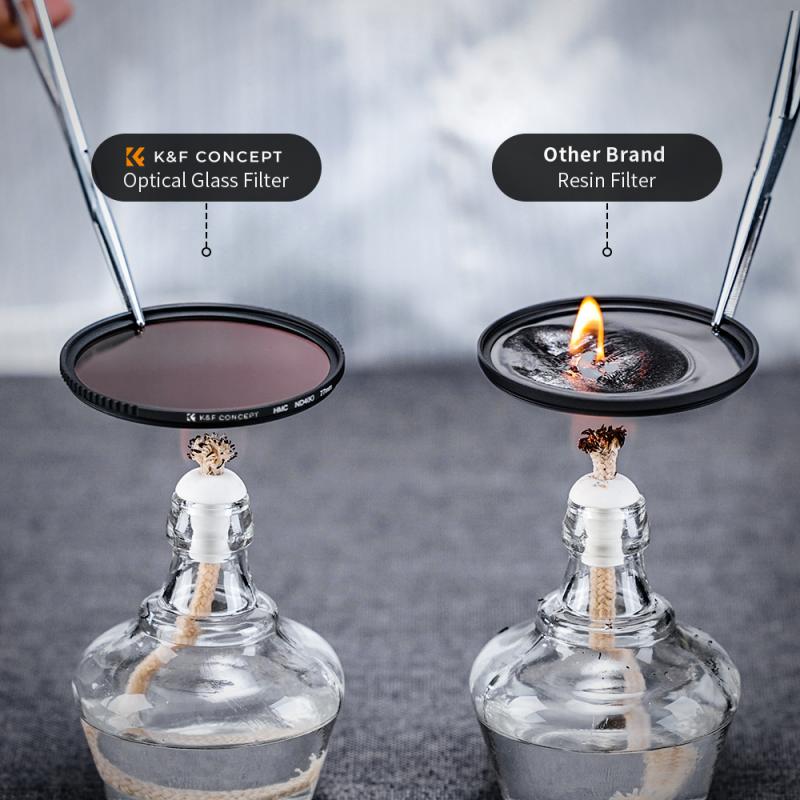
ND filter when to use:
An ND filter, or neutral density filter, is a type of filter that reduces the amount of light entering the camera lens without affecting the color or hue of the image. ND filters are commonly used in photography and videography to achieve certain creative effects or to overcome technical challenges.
ND filters are particularly useful in situations where the available light is too bright for the desired exposure settings. For example, when shooting in bright sunlight, an ND filter can be used to reduce the amount of light entering the lens, allowing for a wider aperture or slower shutter speed without overexposing the image.
ND filters are also commonly used in long exposure photography, where a slow shutter speed is used to capture motion blur or create a sense of movement in the image. In this case, an ND filter can be used to reduce the amount of light entering the lens, allowing for a longer exposure time without overexposing the image.
Types of ND filters:
There are several types of ND filters available, each with a different level of light reduction. The most common types of ND filters include:
1. Fixed ND filters: These filters have a fixed level of light reduction, typically ranging from 1 stop to 10 stops.
2. Variable ND filters: These filters allow for adjustable light reduction, typically ranging from 1 stop to 5 stops.
3. Graduated ND filters: These filters have a graduated light reduction, with one half of the filter being clear and the other half being darkened. These filters are commonly used in landscape photography to balance the exposure between the sky and the foreground.
4. Reverse ND filters: These filters have a darkened center and gradually become clear towards the edges. These filters are commonly used in sunrise or sunset photography to balance the exposure between the bright sun and the darker foreground.
In recent years, there has been a growing trend towards using high-quality ND filters made from high-quality materials such as glass or resin. These filters offer superior optical performance and durability compared to cheaper plastic filters. Additionally, some manufacturers have started to incorporate advanced coatings and technologies into their filters, such as anti-reflective coatings and hydrophobic coatings, to further improve their performance and usability.
3、 Choosing the right ND filter strength

Choosing the right ND filter strength is crucial for achieving the desired effect in your photography or videography. ND filters are used to reduce the amount of light entering the camera lens, allowing you to use slower shutter speeds or wider apertures without overexposing the image. The strength of the ND filter is measured in stops, with higher numbers indicating greater light reduction.
When to use an ND filter depends on the specific situation and desired effect. For example, if you want to capture a waterfall with a smooth, silky effect, you would use a stronger ND filter (such as a 6-stop or 10-stop) to achieve a longer exposure time. Similarly, if you want to capture a landscape with a shallow depth of field, you would use a weaker ND filter (such as a 1-stop or 2-stop) to allow for a wider aperture.
The latest point of view on ND filters is that they are becoming increasingly popular among videographers, particularly for creating cinematic effects. ND filters allow for a shallow depth of field and motion blur, which can enhance the visual appeal of a video. Additionally, ND filters can help maintain a consistent exposure when shooting in changing lighting conditions, such as during a sunrise or sunset.
In summary, choosing the right ND filter strength depends on the specific situation and desired effect. Whether you are a photographer or videographer, ND filters can be a valuable tool for achieving creative and professional-looking results.
4、 Creative uses of ND filters
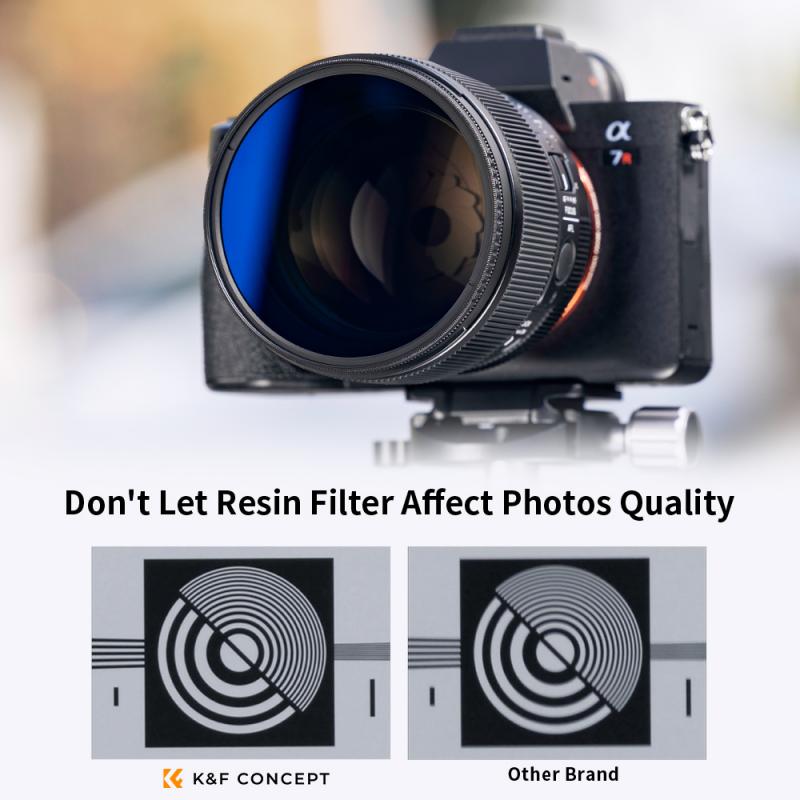
ND filters when to use:
ND filters are used to reduce the amount of light entering the camera lens, allowing for longer exposure times and wider apertures. They are commonly used in bright outdoor settings, such as when shooting landscapes or waterfalls, to achieve a slower shutter speed and create a smooth, flowing effect in the water or clouds.
ND filters can also be used in portrait photography to achieve a shallow depth of field in bright sunlight, allowing for a blurred background and a sharp subject. They can also be used in video production to achieve a cinematic look by slowing down the shutter speed and creating motion blur.
Creative uses of ND filters:
ND filters can be used creatively to achieve unique and artistic effects in photography. For example, a strong ND filter can be used to create a long exposure shot of a busy street, resulting in a surreal image with blurred people and cars. ND filters can also be used to capture the movement of stars in the night sky, creating stunning star trail images.
Another creative use of ND filters is to create a shallow depth of field in bright sunlight, allowing for a blurred background and a sharp subject. This technique can be used in portrait photography to create a dreamy, ethereal effect.
In recent years, ND filters have also been used in drone photography and videography to achieve smooth, cinematic footage. By reducing the amount of light entering the camera lens, ND filters allow for a slower shutter speed and smoother motion in the footage.
Overall, ND filters are a versatile tool for photographers and videographers, allowing for creative experimentation and unique effects in a variety of settings.













